Keep using those gardening gloves far into the new year! Unbelievably, November is one of the best months of the year to grow hardy vegetables, shrubs of all kinds, and spring-blooming bulbs.
The soil is warm enough to encourage root growth without raising the possibility of heat stress in the plant, which is one advantage of planting shade trees or flowering bulbs in the fall. In addition, the cooler months usually see more rain, which guarantees that the roots will be well-established before winter and relieves you of some of your watering duties.
We’ve compiled a list of perennials, flowers, and even fruit trees that may flourish in a variety of climates around the US to help you get started this November. It’s important to know which plants to prioritize in your garden by consulting your USDA hardiness zone. Farmers and gardeners employ “gardening zones” or “planting zones,” which are geographic regions separated by climate and used to identify the ideal places for various plant types to flourish. Knowing your zone will help you identify the types of plants your local nursery should carry. What to Plant in November: A Guide.
1. Green Leafy Vegetables

Planting leafy greens in November Is a terrific idea. Examples of these are spinach, kale, and other lettuces. To guarantee success, find out when your area’s first and last frosts occur. The best period to plant is six to eight weeks prior to the first frost.
2. Root Vegetable

Carrots can be planted in November for harvest in late fall or early winter because they like cool weather. Plant seeds in rows that are 12 to 18 inches apart, spacing them two to three inches apart in extremely loose soil.
Vegetables that grow quickly, like radishes, do best when planted in the fall and need to have their soil well-drained and regularly watered to maintain their crisp texture.
Plant the seeds 3.4 inches apart in rows spaced 12–18 inches apart, planting them 1/2 inch deep. Beets are quite adaptable and do well in cold climates. They need regular irrigation to keep woody roots from growing, and they do best in soil that is high in organic matter.
3. Peas
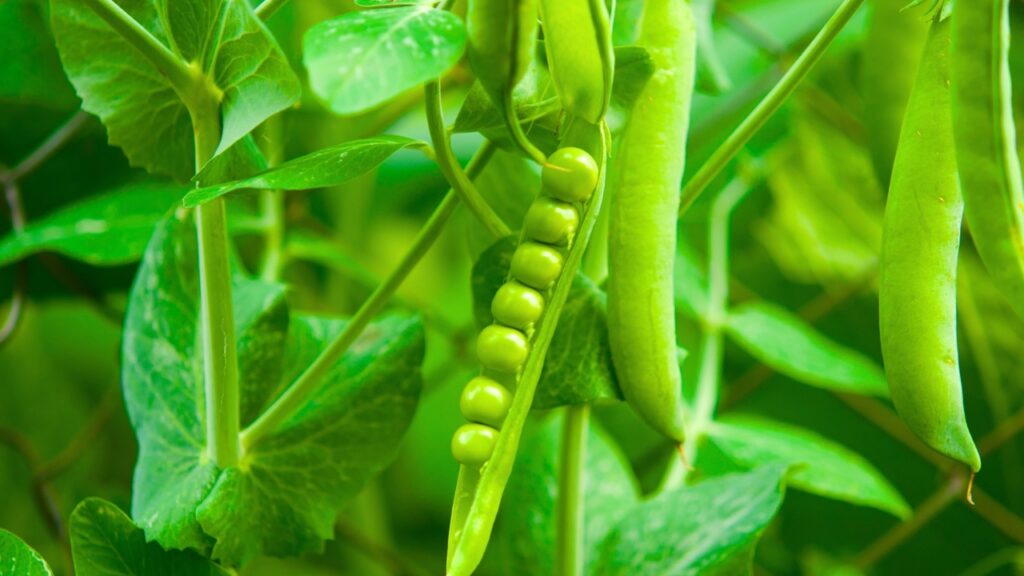
Peas and springtime go hand in hand, but for those in warmer parts of the nation, early-maturing peas can still be productive in November. There are many different kinds to select from, but the secret to ensuring that any variety tastes good is to put them in a spot that receives direct sunlight. These plants prefer to climb, so you’ll also want to make sure you have a trellis or other supports accessible. To ward off aphids, gardeners frequently advise planting peas close to highly scented herbs like rosemary or basil.
4. Brassicas
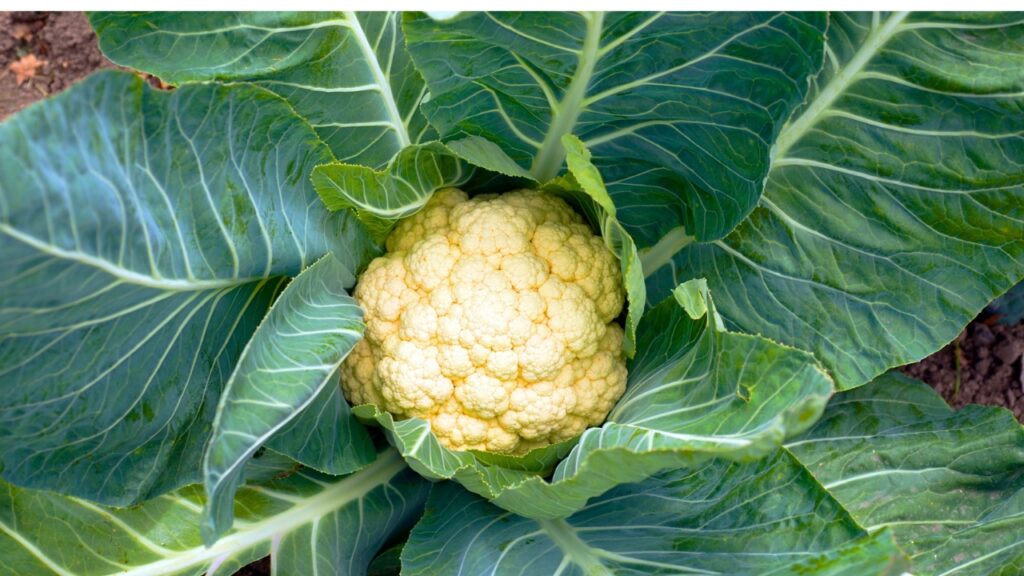
Cold-tolerant broccoli can be seeded in November for a late-fall yield. When broccoli is still young, it should be planted 18 to 24 inches apart, given frequent irrigation, and covered from pests with a row cover.
Similar to broccoli, cauliflower grows best in chilly climates, so space them 18 to 24 inches apart.
Watering and mulching on a regular basis are essential for good development. Another brassica crop that does well in October is cabbage; plant rows of it 18–24 inches apart, separated by 24-36 inches.
For optimal growth, mulch the soil, give it regular irrigation, keep an eye out for pests like cabbage worms, and control the soil’s moisture and temperature.
5. Chives
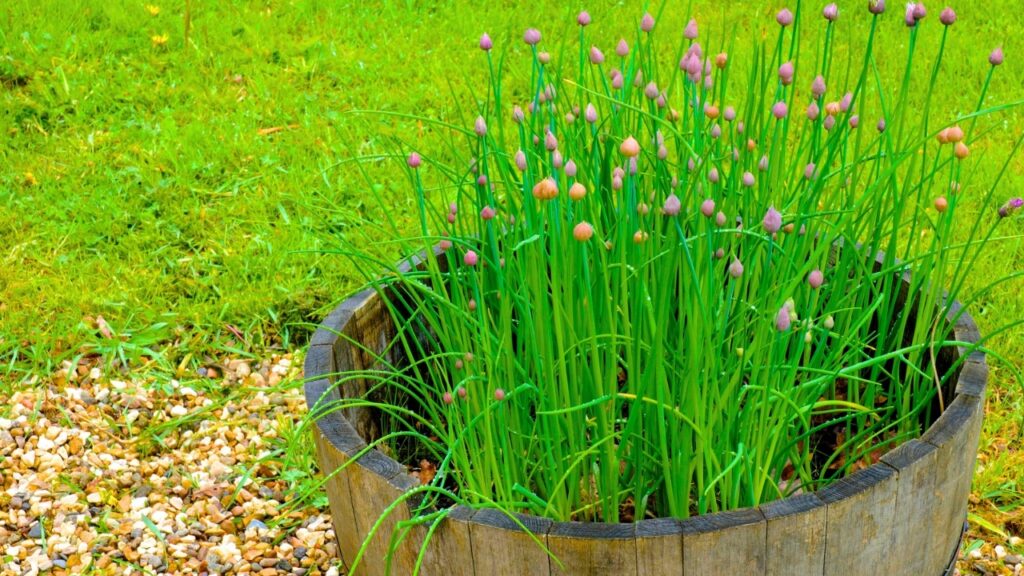
Fall is a great time for many hardy herbs to flourish, just like spring and summer. Because they require little care and yield a large harvest, chives are an excellent choice for novice gardeners. Although they like to clump, these perennial herbs thrive in containers with well-draining soil. You’ll need to separate the clumps to maintain good growth and avoid overcrowding.
6. Black Berries

If you live somewhere with a milder winter, you might want to think about planting blackberries in the late fall instead of the early spring. We like blackberries that are erect and grow in bushes because they don’t require a trellis to be supported. Plant the exposed roots in areas with abundant sunlight, ensuring that each plant has a thick layer of mulch surrounding it. Since these berries are quite easy to grow, it’s critical that the soil never get too dry. The bush will eventually provide canes where the berries will eventually grow.
7. Anemone

In addition to white, these daisy-shaped blooms are available in a number of jewel-tone hues, such as hot pink, royal blue, and deep purple. Plant them among other spring-flowering bulbs, such as tulips, hyacinths, or daffodils, for a stylish clustered look.
8. Tulips
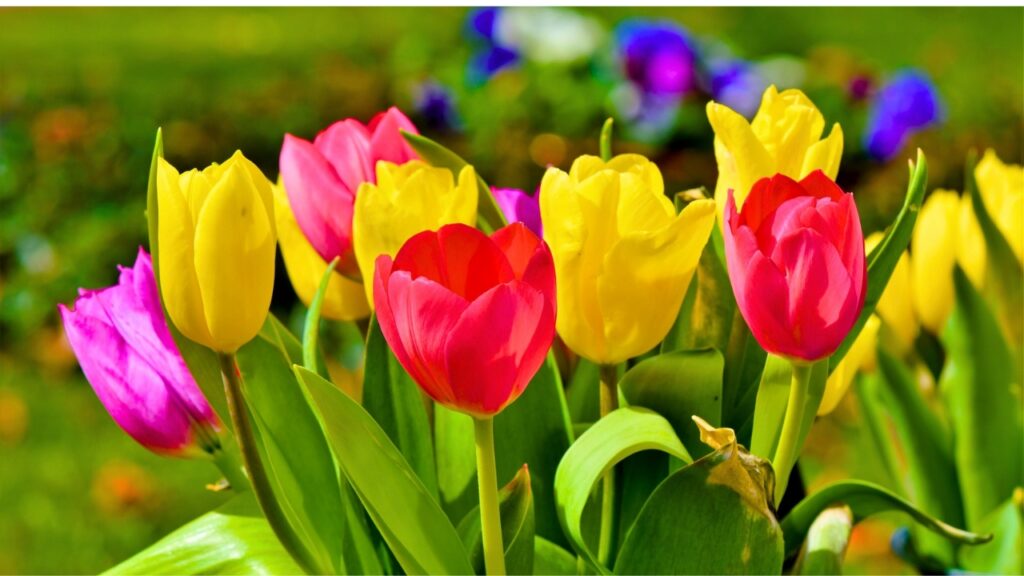
It’s a good idea to wait until the average overnight temperature in your area reaches about 50 degrees before planting tulip bulbs. For many gardeners who reside in colder areas, November is therefore the best time to plant. Since tulip bulbs are often loved by mice and moles, many green thumbs choose to discourage unwelcome guests by placing prickly leaves or cat litter in the planting holes. You won’t have to bother about watering your plants if it rains every week where you live. In fact, an excess of water can cause disease and fungus, which can eventually rot the bulb.
9. Volissos
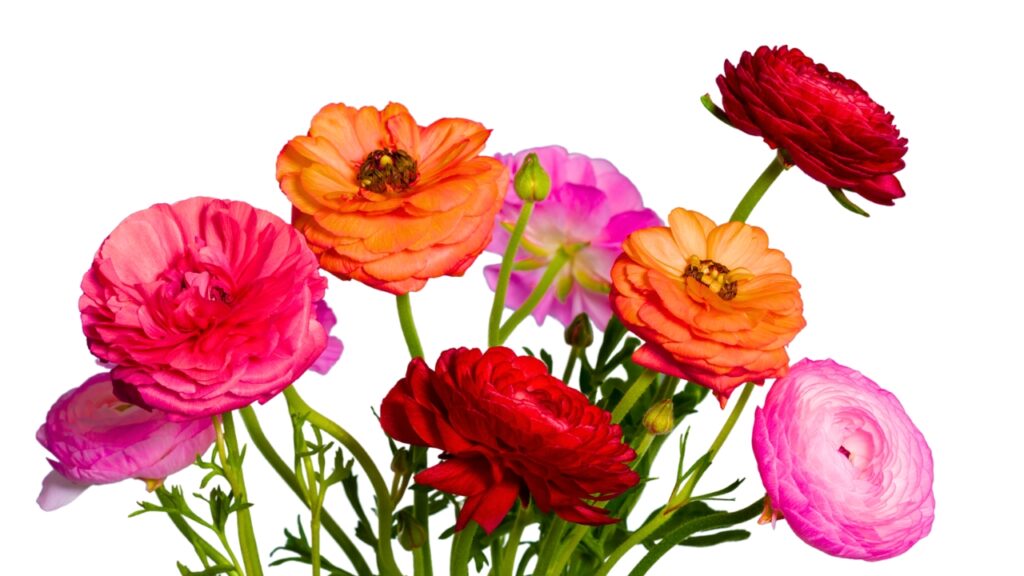
With almost 500 types, these cool-season bloomers are the ideal flowers to spruce up your favorite antique pots. Violets are a hardy flower that look lovely in window boxes or as an edging plant because of their compact stature and extended flowering period. Though they may enjoy the sun, violas wilt in hot weather, so make sure to plant them when the weather is regularly cool in your area. Additionally, they only require watering after the earth has dried completely.
10. Hyacinths
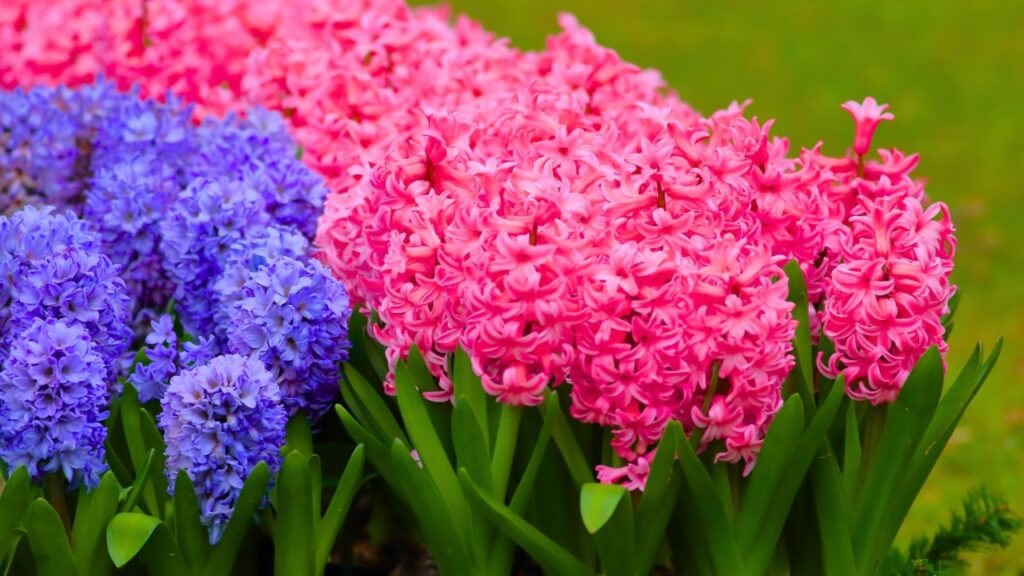
When the pastel hues of hyacinths emerge from the earth and their delightful scent permeates the atmosphere, it’s a breathtaking sight during the springtime. In order to attain this magnificent sight of unspoiled splendor, you must sow your hyacinth bulbs between mid-November and late fall, to give them ample time to sprout. Hyacinths are a perennial plant, so they will return year after year, which is fantastic news.
11. Daffodils
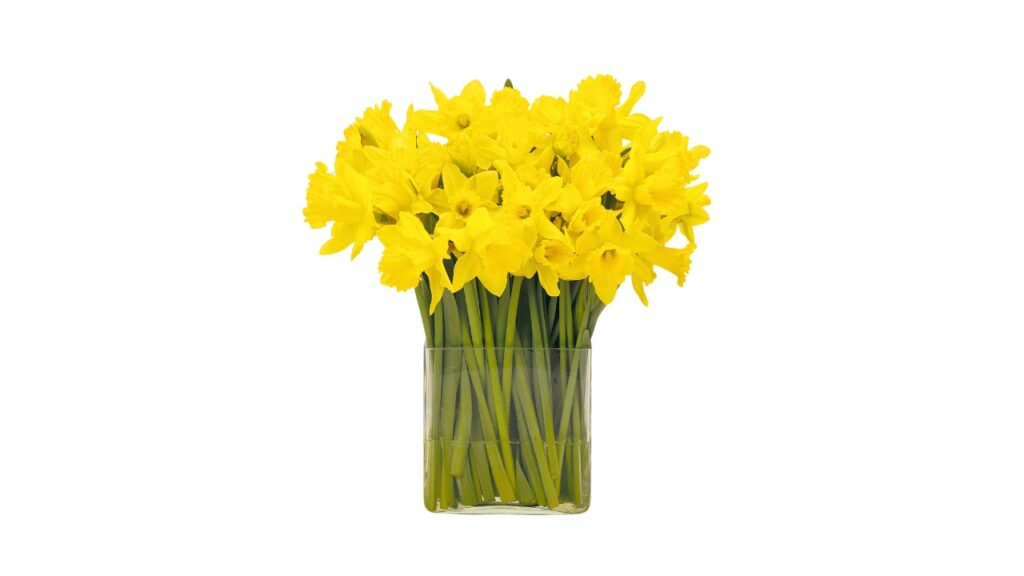
The daffodil is one type of spring-blooming bulb that is well-known for its vivid yellow, white, or orange blossoms. November is also the best time to plant tulips, a common spring bloom that needs a period of cold hibernation to bloom well.
12. Crocus
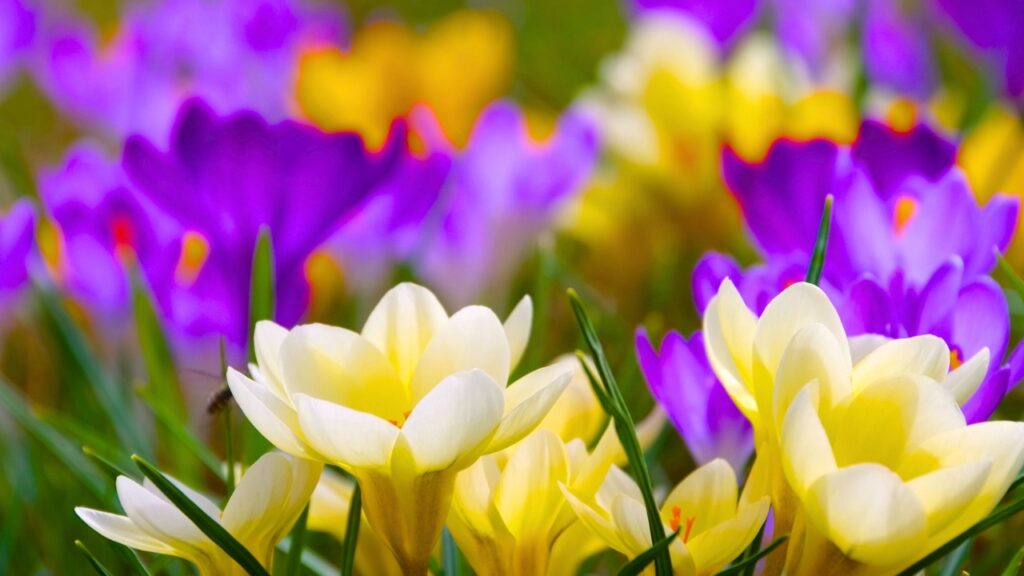
It’s probably a crocus if you’ve ever seen a flower poking through the winter snow. Sow crocus corms in well-draining soil in clusters six to eight weeks before the season’s first hard frost. If you want to create a full edge to your flower beds, consider planting crocus in front of them as they like to make flower carpets. It’s also crucial to be mindful of how much water you give these lovely plants because they become soggy very quickly.
13. Shallots
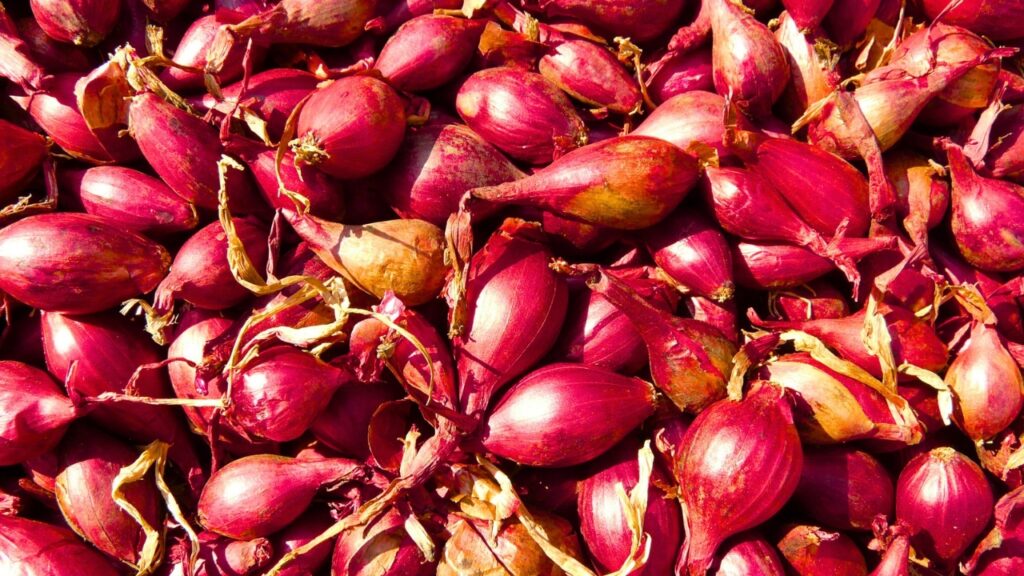
It makes sense not to plant any kind of onion in the fall if your region has severe winters. Shallots are a wonderful and delicious addition to the vegetable garden this time of year, especially for those with warmer winters. These alliums are produced from bulbs that are usually planted near the ground. For this reason, in order to help plants retain water, gardeners advice scattering compost or peat around each plant. When the leaves start to turn brown, you can harvest the shallots.
14. Fruit Trees

Despite popular belief, fruit trees can be planted in November. Just be sure to pick a sunny spot with excellent drainage and wait to plant until the temperature has dropped into the mid 80s°F. Choose to plant fig, peach, or apple trees, and you can start reaping the rewards as early as the following year!
15. Shade Trees

November might be the best time of year to plant that oak tree of your dreams. Fall planting gives young shade trees plenty of time to establish roots before summer heats up. It’s crucial to pay close attention to the deciduous tree varieties that do well in your zone as well as their maximum growth sizes. Next, choose a location that will allow the tree to develop to its full potential without encroaching on your house or utility lines. Consult your neighborhood nursery for suggestions and direction as every tree type has unique requirements.
Regional Considerations
It’s important to take your living environment and planting zone into account while designing your Novemberr garden. The USDA Plant Hardiness Zone Map divides the country into zones based on the average annual lowest winter temperature, making it easier to choose plants that are appropriate for your area.
For more detailed instructions, each zone is further broken down into sub-zones.
With shorter growing seasons and colder winters in Zones 3-6 of the climate, choose seeds that can withstand light frosts or mature swiftly.
Keep an eye out for perennials and bulbs that require a period of winter to flourish, as well as cold-hardy veggies like kale, carrots, and garlic. To shield young plants from unintentional frost, think about utilizing row covers or cold frames.
With longer growing seasons and a later arrival of frost, milder climates (Zones 7-9) offer a greater range of crops, flowers, and herbs to choose from when planting in October.
You can try growing delicate crops in these zones, like lettuce, or annual flowers, like snapdragons, which would not do well in colder climates.
By understanding the average first frost date, soil temperature, microclimates, watering schedules, and mulching, one can make useful adjustments to plant selections based on the local environment.
Date of First Frost:
Find out when the first deadly frost is predicted, as this might harm or even kill delicate plants.
Date of the Second Frost:
When determining the second Frost Date, take into account how the plants will fare through the winter and into spring. Certain crops will hibernate over the season and emerge again in the spring, whereas other crops will persist in their growth all through the season.
The Temperature of the Soil:
Pay careful attention to the temperature of the soil and modify the planting depth or time as necessary. Radishes and spinach are two examples of cool-season crops that do well at temperatures between 40°F and 60°F.
If the soil is very heated, plant the seeds indoors, wait for the ground to cool down before doing so, or use soil warmers to promote germination.
Some Tips for a Fruitful November Gardening

Planting in November allows the plants to get established well before the colder months arrive. Remember the following advice while planting fall veggies:
1. Add compost to the soil to enrich it with nutrients needed for the establishment of healthy plants. Before planting, the top 6 to 12 inches of soil should be treated with compost to create a nutrient-rich environment that will encourage rapid root development.
2. Use sand or perlite to improve drainage and prevent waterlogging to ensure appropriate drainage. Two more sensible options are well-drained containers and raised beds.
3. Mulch acts as an insulating covering to shield vulnerable plants from frost and freezing temperatures. A few types of organic mulches that are effective at insulating soil are wood chips, leaves, and straw. To avoid rot, apply 2-4 inches thick around plants, taking care not to come into contact with the stems.
4. Modify your watering plan in the winter months. Check the soil’s moisture content frequently and water just when the top inch feels dry, as plants don’t require as much water. By allowing the soil to dry out during the day, you may water your plants in the morning, which will help minimize the chance of fungal diseases and guarantee that they have enough moisture to withstand cooler evenings.
5. For delicate seedlings, use cloches and row coverings. Cloches trap heat and create a microclimate around each plant, whereas row covers are lightweight cloth coverings that shield plants from frost and other bad weather.
6. These pointers can help you develop a successful fall and early winter garden by helping you create a plant-friendly atmosphere.
7. For those who enjoy fall planting, November is a pivotal month for gardening, full of advantages. Make the most of your garden area and guarantee a steady supply of homegrown ingredients by planting cool-season vegetables and herbs in November. This will allow you to enjoy fresh produce well into the winter.
8. You can keep your outside space beautiful and colorful throughout the fall and early winter by adding cold-tolerant flowers and perennials.
9. To create a breathtaking springtime display, plant bulbs that bloom in November, such as crocuses, tulips, and daffodils. Planting in the fall promotes better development and an earlier start to the growing season by allowing the soil in your garden beds to settle and become more fertile before spring arrives.
10. Experimenting with different seeds in November is a great way to find new garden favorites. Selecting plants that are appropriate for your particular planting zone and environment is another way to be adaptable.
11. Adding a variety of cool-season vegetables, hardy herbs, and fall-blooming flowers to the garden increases its diversity and offers other advantages. It also looks better than anything else.
12. Planting in November is one of the best ways to broaden your knowledge of seasonal gardening. You may have a beautiful and productive garden all year long by experimenting with different sorts and employing these techniques.

